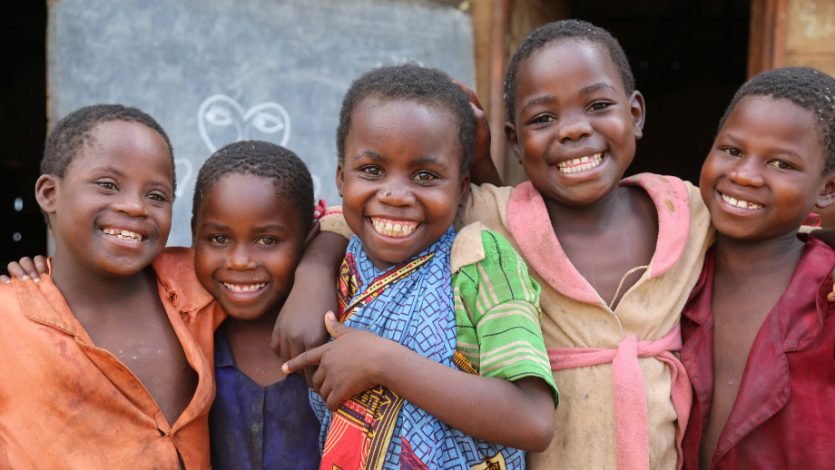Any business does not want child labour in its supply chain. However, with an estimated 168 million children working in some capacity worldwide, including 12 million in manufacturing and industry and 98 million in agriculture, it is an unsettling reality of the globalisation of commodities that corporations cannot afford to ignore.
Reading the most recent annual report on products created with child labour from the US Department of Labor is disturbing. The research claims that child labour is still used to produce many of the world’s most popular goods, including sugarcane, cotton, rubber, tobacco, coffee, and bananas.
The International Labour Organization (ILO) estimates that more than one in five children in Africa is employed against their will in quarries, farms, and mines. Sub-Saharan Africa has the highest rate of child labourers in the world, with 59 million children between the ages of five and 17 engaged in the most hazardous jobs.
According to Mark Dummett, business and human rights researcher at Amnesty International, companies that get materials, products, and services from the area must acknowledge that they cannot avoid this problem.
He claims that many of the items and commodities that we buy and consume today are produced using child labour. “Brands don’t want to be connected with the picture of a child in a mine, factory, or field, but in a time of greater transparency, accountability, and traceability, to avoid it is not only doing a disservice to the children involved, it is also harmful for the business.”
On March 18, 2016, young people were seen constructing a boat in the Nyanyano fishing village in Ghana.
The recent laws in the UK and the US, according to Aidan McQuade, director of Anti-Slavery International, are a blatant indication that the pendulum is shifting against companies that fail to act quickly to address the possibility of having child labour connected with their brand.
With the UK’s Modern Slavery Act and laws like Barack Obama’s Trade Facilitation and Trade Enforcement Act, which forbids imports created with child labour, it won’t be enough for firms to claim that the issue is intractable, he asserts.
Is Slave-free Chocolate Possible?
The chocolate business has not made any significant attempts to tackle the issue, despite its role in supporting child labour, slavery, and human trafficking. By giving cocoa farmers a living wage for their product, chocolate firms can abolish the exploitation of child labour and slave labour inside their $60 billion industry.
The establishment and financial backing of initiatives to rescue and rehabilitate kids who have been sold to cocoa fields is another request made to the chocolate business.
The industry hasn’t done much to date to stop child labour, much less help those who have already been affected.
The largest chocolate exporter in North America, The chocolate industry, which has the ability to confront and end child labour but consistently fails to do so, is characterised by this lack of transparency.
What relevance does child labour have to the making of chocolate?
It takes a lot of labour to harvest and process cacao, and many of these impoverished farmers simply do not have the money or family labour to make cacao farming profitable. In order to save money, companies turn to kids, sometimes as young as 5, but usually between 10 and 12 years old.
What causes child Labour in the cocoa industry?
child labour
However, due to extreme poverty, children frequently spend their education and long-term development at risk by working long, physically taxing days collecting cocoa to support their families.
Does the chocolate industry still practice slavery?
In the Ivory Coast and Ghana, cocoa fields enslave both adults and children. According to a study, 23% of cocoa workers in Ghana who were polled said they had worked for free.

